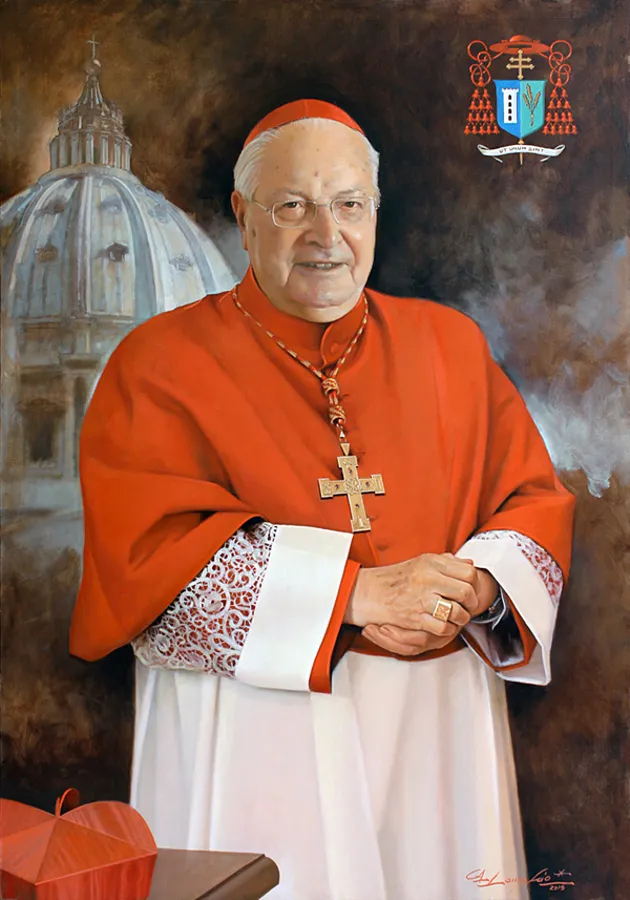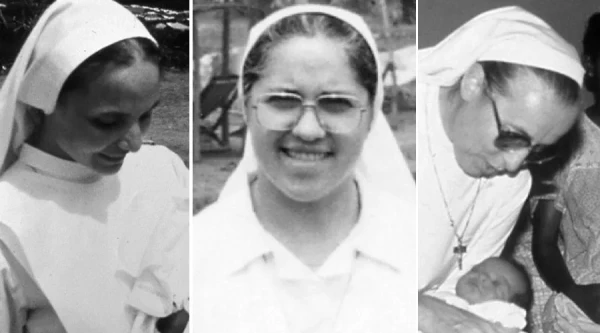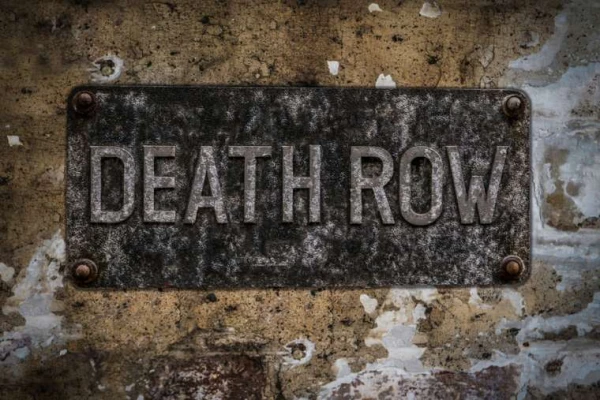
Vatican City, Jun 1, 2022 / 11:50 am (CNA).
There is one image of the late Cardinal Angelo Sodano that remains etched in Vatican-watchers’ memories. On Feb. 11, 2013, Benedict XVI had just delivered a speech announcing his resignation and left amid an atmosphere of emotion and bewilderment. Immediately, two groups of cardinals formed: one around the then Vatican Secretary of State Cardinal Tarcisio Bertone, the other around Sodano, the dean of the College of Cardinals and a sure point of reference for many.
With Sodano’s death on May 27, the era of the great Vatican diplomats who became men of government ended. The symbol of these men is Cardinal Pietro Parolin, the current Vatican Secretary of State, who was effectively the Vatican’s deputy minister of foreign affairs under Sodano first and then Bertone, before he was sent to serve as nuncio to Venezuela in 2009, returning in 2013 as Secretary of State.
Parolin’s appointment was hailed as a return to the era of diplomats in the Vatican. At the same time, it was said that the pontificate of Benedict XVI was characterized by a sort of “revenge” of the Congregation for the Doctrine of the Faith (CDF), signaled by the arrival of former CDF official Bertone at the helm of the Secretariat of State.
At Sodano’s funeral in St. Peter’s Basilica on May 31, Cardinal Giovanni Battista Re, the current dean of the College of Cardinals, underlined: “Many of us were able to appreciate closely the high sense of duty of Cardinal Sodano, his gifts of intellect and heart, his sensitivity for pastoral aims of the Church’s action in the world, his wisdom in evaluating events and situations and his willingness to help, seeking in each case adequate solutions.”
Cardinal Re served in the Secretariat of State from 1989 to 2000 as Sostituto (Substitute) for General Affairs. Sodano became Secretary of State in 1991, a post he held until 2006.
Many appraisals of Sodano stress his power and influence. The human side, however, rarely comes over. One of his former secretaries recalled that Sodano never directly corrected his drafts. On the contrary, he modified them with discretion so as not to make people feel bad.
It seems almost ironic that Sodano died before the announcement of the next consistory of Pope Francis and the entry into force of the new Vatican constitution. It’s as if his death took place before the world of the Vatican changed definitively.
But Sodano anticipated the times. As dean of the College of Cardinals, he managed the pre-Conclave meetings of 2013, although he was not among the cardinal electors because he was already over 80 years old. He celebrated the Missa Pro Eligendo Pontifice, the Mass that precedes the cardinals’ departure for the Sistine Chapel.
Read in retrospect, that homily already outlined the personality traits of Cardinal Jorge Mario Bergoglio and echoed the speech that the future Pope Francis himself had made during the pre-conclave meetings.
Similarly, Pope Francis had initially governed with an eye on the pre-conclave meetings and praised “the Curia of the old days” at the press conference on his return flight from Rio de Janeiro in 2013.
Sodano served as nuncio to Chile before becoming Secretary of State, where he had distinguished himself in the fight against Liberation Theology, but also been accused of excessive prudence towards the Pinochet regime. This happens, after all, also because Vatican diplomats always remain in dialogue; they never leave the field.

When Sodano was called by Pope John Paul II to lead the Secretariat of State, it was a momentous historical period. The Berlin Wall had fallen, the Church had gained international weight, and there was a lot of confidence in the Church’s role in the world. It was an auspicious time in which the network of diplomats gained more and more importance, also favored by the many new diplomatic ties that were established with the newly independent countries of the former Soviet Union.
Some of the protagonists of that era are still active today: Cardinal Leonardo Sandri, now prefect of the Congregation of the Eastern Churches, was first sent as nuncio to Mexico and then became a Substitute for the Secretariat of State.
And after his years as a Substitute in the Secretariat of State, Cardinal Re became prefect of the Congregation of Bishops.
The late Cardinal Jean Louis Tauran, the Vatican’s Secretary for Relations with States until 2003, was named archivist and librarian of the Holy Roman Church and then president of the Pontifical Council for Interreligious Dialogue.
After Benedict XVI became pope, there was often talk of this “gang of diplomats” which had lost influence. But it returned under Pope Francis, who looked to them in moments of crisis.
Cardinal Lorenzo Baldisseri, general secretary of the Synod of Bishops under Pope Francis, came from a career as a nuncio. Cardinal Beniamino Stella was a diplomat and influential prefect of the Congregation for the Clergy from 2013 to 2021. And then there was Parolin, who reported to the Secretariat of State in his role as a diplomat.
Recent Secretaries of State had always been diplomats. But it is not the case that the role of the Secretary of State must be diplomatic. Indeed, for centuries the Secretariat of State was not led by diplomats. Only recently has the dicastery, with Paul VI, acquired a central role in the Roman Curia. And it was mainly thanks to Sodano that diplomats gained a more substantial weight than ever.
Of course, Sodano also cast shadows. He was accused of being too close to Marcial Maciel, the disgraced founder of the Legionaries of Christ. In addition, Cardinal Christoph Schönborn of Vienna publicly accused him of having blocked the abuse investigation concerning his predecessor, Cardinal Hans Hermann Groër, but was forced to apologize. Sodano also featured in the 2020 McCarrick Report.
Yet Sodano was arguably the Vatican’s most influential personality. And with his death, an era closes. Perhaps it is merely a parenthesis in Church history, but one with a certain weight. And from June 5, with the reform of the Curia, the profile of people called in future to positions of great responsibility in the Vatican could also change.
If you value the news and views Catholic World Report provides, please consider donating to support our efforts. Your contribution will help us continue to make CWR available to all readers worldwide for free, without a subscription. Thank you for your generosity!
Click here for more information on donating to CWR. Click here to sign up for our newsletter.






Leave a Reply